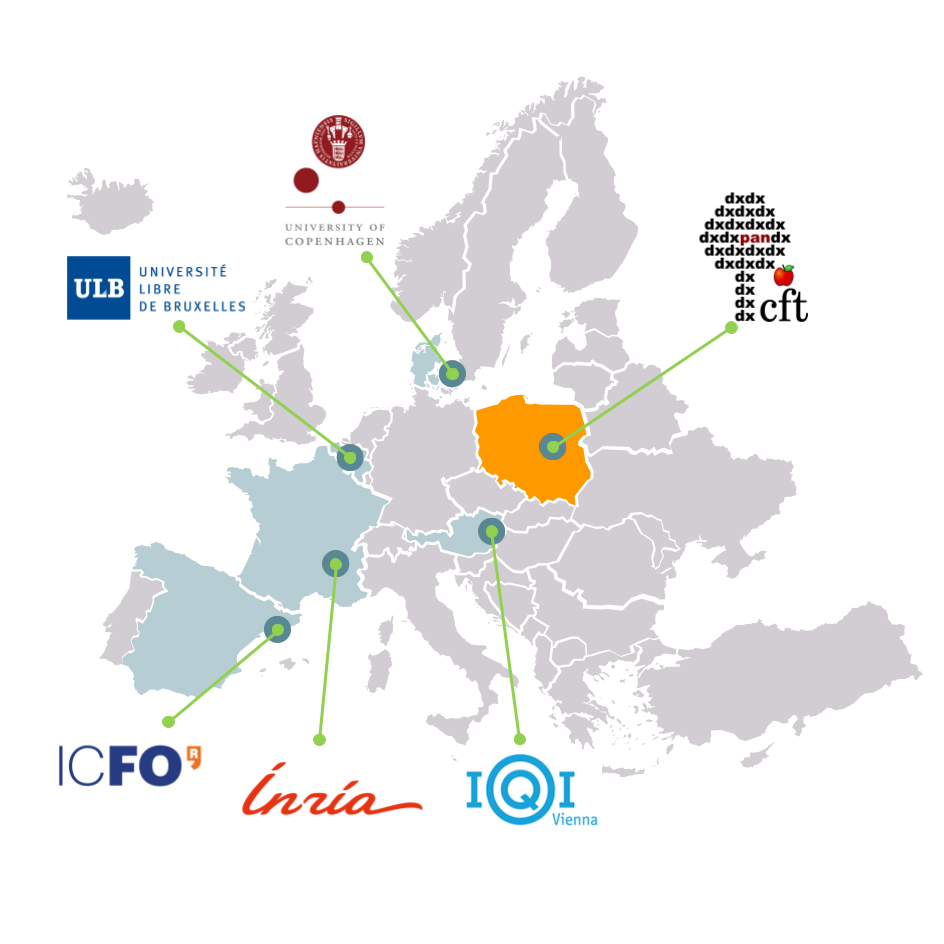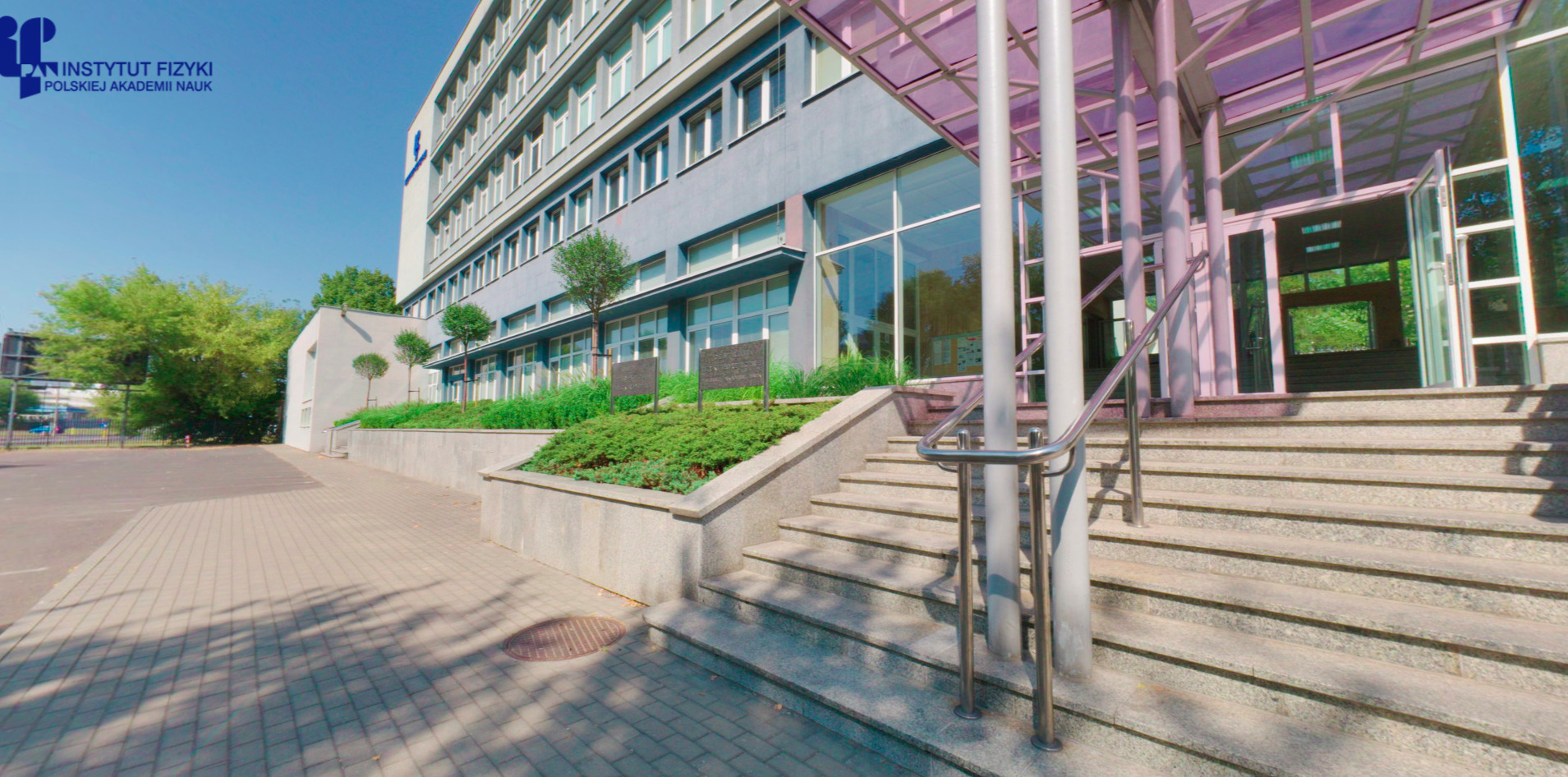
This conference has been supported by the Polish National Agency for Academic Exchange under the Welcome to Poland NAWA.
Funded by the National Science Centre, Poland, within the QuantERA II Programme that has received funding from the European Union’s Horizon 2020 research and innovation programme under Grant Agreement No 101017733.
About the Conference
Quantum Certification Conference+ (QUACC+), to be held on May 12 – 14, 2025 at the Center for Theoretical Physics PAS, Warsaw (Poland), aims to attract researchers working on widely understood quantum certification, and to inspire vivid scientific discussions and foster new collaborations. During the conference, attendees will have an opportunity to contribute a short talk (20 + 5 min) or a poster as well as listen to the invited talks (40 + 5 min) from the most prominent researchers in the field.
QUACC+ is a part of the QuantERA project “Verification of Quantum Technologies, Applications and Systems” (veriqtas.cft.edu.pl), and so it is also an opportunity for meeting between the research groups forming VERIqTAS consortium.
The conference fee is 100€.
bank account number: PL65 1130 1017 0020 1465 1320 0009
Center for Theoretical Physics
official address: al. Lotników 32/46
postal code and city: 02-668 Warsaw
country: Poland
put your name and "QUACC2025 conference fee" in the title
Contact: quacc2025{at}cft.edu.pl
Warning!
We have confirmed email scams targeting participants of QUACC 2025. Please ignore emails from "ops@travellerpoint dot org", or any other travel agency. Do not reply to the emails and do not click any links included in these emails.

